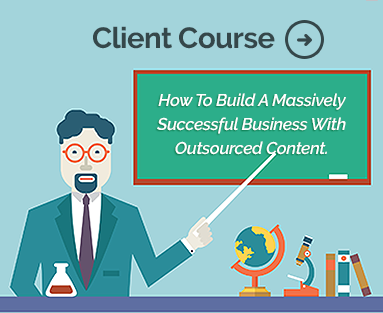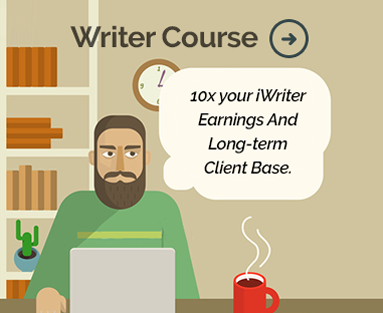Over 400 million people read blog posts online every month.
That means there’s a large audience out there ready to gobble up every blog post you publish. But how do you set up your own blog?
We’ve put together a guide of six steps you should follow when creating your first personal blog.
So stay tuned and keep reading below.
1. Think About Your Niche
The first step of setting up a personal blog is thinking about your niche. Because you don’t have to write content for a specific business or product, you have a lot of flexibility here.
You can start by asking yourself these two questions. What do you want to write about? Who do you want to reach?
As you’re finding the answers to these questions, there are a few other things you’ll want to keep in mind. Use the following tips as you guidelines when picking your blogging niche.
- Make Sure You Enjoy Your Topic
If you don’t enjoy it, what’s the point of writing about it? There’s a good chance your readers will be able to tell you aren’t passionate about your topic, and they’ll end up going somewhere else.
- Pick Something with Room for Discussion
You’ll want to choose a topic that has plenty to talk about. A blog requires a lot of new content on a consistent basis. If your topic doesn’t have any room for discussion, you’ll blow through your content pretty fast.
- Choose Something That Let’s You Establish Yourself as a Figure of Authority
There are a lot of other people out there blogging about the exact same topic you choose. Because of this, you have to find a way to stand out from everyone else. One of the best ways to do this is to present a new angle or make your content better than theirs. So make sure you pick a niche you have authority in.
2. Choose a Platform
Your platform is what allows you to publish your content to the internet. Once you put your content into this software program, other people on the internet can find and read your blog post.
There are a number of different blogging platforms to choose from.
One of the things you have to decide is whether you want to pay for your platform or not. If you’re starting your first blog, it might be worth getting a free platform. But if you know what you’re doing and want more features for your blog, you might want to pay for a platform instead.
WordPress is always a good place to start.
It’s one of the biggest blogging platforms in the world, and it provides a lot of additional plug-ins and add-ons.
3. Choose Your Domain Name
Your domain name is like the identity of your blog. It’s the name your readers can type into their search bar to find you.
The domain is part of your blog’s URL. It sits right in the middle, after the Ws and before the .com. So, for example, your domain name might look something like this: www.yourdomainname.com.
So how do you pick a domain name?
It should be similar to, if not the same as, the name of your blog. Make sure your domain is short, easy to type, and something your readers can remember.
4. Find a Hosting Company
Your hosting company is where you’re blog will live. Think of it like this…
Your blog is a website. That website is being stored on a special type of computer called a server. When a reader searches for your blog, the server will connect your website to their computer.
This is what allows them to read your content.
Before you can find a hosting company, you have to have a domain name. If you don’t have a domain name yet, your hosting company might help you create one.
You’ll have to pay for the best hosting services, but many companies offer solutions that are under $10 a month.
5. Design Your Blog
This is the part of the process where you get to make your blog look exactly the way you want it to look. The theme you choose can express your personality and let people know what type of blog you have.
If your writing about something playful, creative, and fun, you might want to pick a theme that’s full of colors. If your niche is a little more professional, you’ll want your theme to reflect maturity and sleekness.
But really, there’s no wrong way to design your blog.
Allow yourself to get creative. Pick something you think looks good. After all, if you don’t love your blog, what’s the point of having one?
6. Start Writing Content
Once you choose your niche, get a blogging platform, come up with a domain name, find a hosting company, and design your blog, you’re ready to start writing.
Don’t worry about pushing new content out every day. Instead, aim to publish a blog post anywhere from one to three times a week.
Remember, this is your personal blog. You don’t have to follow any strict guidelines. It’s better to post one strong, well-written post a week than five sloppy ones.
How to Start Your Own Personal Blog
If you’ve never started a personal blog before, all these steps might seem overwhelming. But don’t overthink it. The entire process is actually very simple. Choosing the name for your blog will be one of the hardest parts!
You can start a personal blog without spending any money. This might be a good idea if you aren’t sure what you’re doing. But it might be worth investing in your blog once you get more experience.
Getting ready to write your first blog post?
Make sure the title doesn’t come across as click bait. Here are a few tips to help you get started.




Comments are closed.